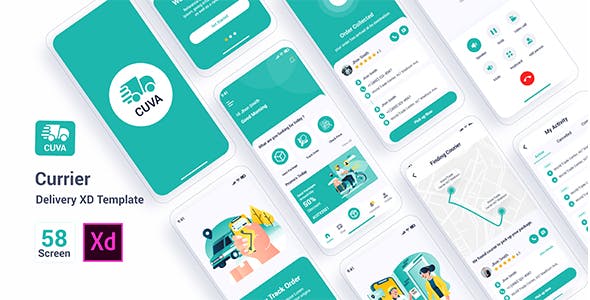

Title: Accessibility and Web Design: A Must-Know Guide for Web Developers
Introduction:
Accessibility is an essential aspect of web design that is often overlooked. Web developers need to prioritize accessibility to ensure that their websites can be accessed and used by everyone, including people with disabilities. In this article, we will discuss the importance of accessibility in web design and provide a comprehensive guide for web developers on how to make their websites more accessible.
Importance of Accessibility in Web Design:
Accessibility refers to the ability of a website to be accessed, understood, and used by everyone, regardless of their physical or mental abilities. It is a fundamental human right and a legal requirement in many countries. By making your website accessible, you can:
1. Reach a wider audience: Accessible websites can be accessed by people with disabilities, such as visual impairments, hearing impairments, and mobility impairments. This can help you reach a wider audience and increase your user base.
2. Improve user experience: An accessible website is easier to use and understand for everyone. It can improve the user experience and encourage users to return to your website.
3. Avoid legal issues: Non-compliance with accessibility standards can lead to legal issues and costly lawsuits. By ensuring your website is accessible, you can avoid these issues and protect your business.
4. Demonstrate social responsibility: By prioritizing accessibility, you can demonstrate your commitment to social responsibility and show that you care about the needs of all users.
Key Components of Accessible Web Design:
There are several key components of accessible web design that web developers should consider when building a website. These include:
1. Accessible content: Ensure that your website content is easy to read and understand. Use clear and concise language and provide alternative text for images.
2. Accessible navigation: Use a clear and consistent navigation system that is easy to use for everyone. Avoid using complex jargon and provide clear labels for navigation elements.
3. Accessible layout: Use a logical and easy-to-follow layout for your website. Ensure that important information is placed prominently and that the website is easy to navigate.
4. Accessible media: Ensure that all media files, such as images and videos, are accessible to everyone. Provide alternative text for images and closed captioning for videos.
5. Accessible forms: Ensure that your website forms are easy to use and understand. Provide clear labels for form fields and use a logical order for form elements.
6. Accessible interactivity: Ensure that your website's interactivity is accessible to everyone. Use clear and concise language for interactive elements, such as buttons and dropdown menus.
Best Practices for Accessible Web Design:
There are several best practices that web developers can follow to ensure that their websites are accessible. These include:
1. Use a semantic HTML structure: Use HTML elements that clearly define the purpose of each section of your website. This makes it easier for screen readers to understand your website's content.
2. Use proper ARIA attributes: Use ARIA attributes to provide additional information about the purpose of interactive elements, such as buttons and dropdown menus.
3. Use a consistent color scheme: Use a consistent color scheme throughout your website. Avoid using colors that are difficult to read or that cause seizures.
4. Use clear and concise language: Use clear and concise language throughout your website. Avoid using jargon or complex words that are difficult to understand.
5. Provide alternative text for images: Provide alternative text for all images on your website. This makes it easier for screen readers to understand the content of your website.
6. Use a responsive design: Use a responsive design that adapts to different screen sizes and devices. This ensures that your website can be accessed on a variety of devices, including mobile devices and tablets.
Conclusion:
In conclusion, accessibility is an essential aspect of web design that web developers should prioritize. By following the best practices outlined in this article, web developers can create accessible websites that can be accessed and used by everyone, regardless of their physical or mental abilities. By making your website accessible, you can reach a wider audience, improve user experience, avoid legal issues, and demonstrate social responsibility.